Recently Marc Mullinax helped me videotape a word of encouragement to the Forum for Naga Reconciliation. Next week they will be commemorating the 15 anniversary of their founding, in an ongoing effort to undo the harsh antagonism—to heal the wounds of animosity and mutual recrimination—that have gripped their people for many years.
A little background. The Naga people of far North-East India are indigenous to that mountainous region. Their written history is less than 250 years old, but they are thought to be ethnically related to the people of Tibet.
The British colonizers of India were never able to exert control over the Nagas, a fiercely independent people who, prior to the coming of missionaries, carried on a cultural practice that included headhunting. Missionaries arrived in the area in the mid-19th century. Within a couple generations, the majority of Nagas identified as Christians, and—oddly enough—most of the Christians are Baptists.
This is an unlikely, very odd story.
During the 1990’s I was a member of the Baptist World Alliance Human Rights Commission. I was asked to address the Commission in its 1993 meeting held in Harare, Zimbabwe. What I did was tell stories of Baptist-flavored people, from around the world, involved in justice, peace, and human rights work during the previous 50 years.
One of those stories was of Rev. Longri Ao, a Naga Baptist pastor, who risked his life in the attempt to mediate the conflict between competing Naga political parties. The background to that conflict is complicated. But the roots go back to 1947 when India successfully threw off British colonial control.
Mahatma Gandhi had promised the Nagas their independence if they would cooperate in expelling the British. But the new Indian government reneged on that promise. Ever since then there has been a low-intensity conflict with Indian security forces. Attempts to create a ceasefire with the Indian government by some Naga leaders alienated others. What was one Naga party split into two, and then split again, and then again, such that an independence struggle was overlaid with a civil war.
Little did I know that one person in that Human Rights Commission audience was Dr. Wati Aier, principal of the Oriental Theological Seminary in Nagaland. He asked to speak further with me; and we ended up talking in the hotel lounge well into the night, telling me more of the Naga story and of his vision of taking up where Rev. Ao had left off in the attempt to help the Naga parties, two of which had guerilla armies, to reconcile in order to present a united front in negotiating with the Indian government.
The story gets odder still. I flew to Calcutta the following February, hoping to then fly to Nagaland. But that region was a closed military zone and required a special visa. I didn’t know until I arrived that I wasn’t given that special visa. What I ended up doing was meeting with the commander in chief of the principal Naga party, the National Socialist Council of Nagaland (or NSCN). V.S. Atem, a wanted man in India, surreptitiously came to Calcutta for this meeting.
For two solid days we sat in a hotel room and I listened to a long accounting of Naga history and struggle for independence. One of the most unusual things I learned was that the NSCN political manifesto is rife with Maoist political philosophy; but the party’s motto was “Nagaland for Christ.”
I felt a little like Alice when she wandered down that rabbit hole.
If you’ve never heard of the Naga people, you’re not alone. Few people have. The conflict in Nagaland has been said to be the most deadly social conflict largely unknown to the world.
I was able to visit Nagaland the following year, expressly to lecture at the Oriental Seminary. On my first night there, I had my hotel room searched by heavily armed members of the Indian Security Forces. I learned that of those in our previous meeting in Calcutta (now renamed Kolcuta) the year before, a Naga civil right lawyer, had been assassinated. Another, the NSCN security chief, was in prison.
In the years that followed there were further meetings in Bangkok and Chiang Mai, Thailand. Leaders of the Naga parties came to Atlanta for a series of negotiations. (In part because they wanted to visit the Jimmy Carter Library and the Martin Luther King Center.)
Eventually, I turned over coordination of our mediation projects to a colleague. But I stayed in touch with my Naga friends. Like what has happened in any contentious history, the negotiations went back and forth. Ceasefires were established several times; then fell apart for one reason or another. The Forum for Naga Reconciliation was formally established 15 years ago, and Dr. Aier continues his resolute and courageous work as a mediator.
Peace and justice activists are sometimes referred to as prophetic figures. Fact is, though, the biggest part of my work with the Baptist Peace Fellowship was pastoral in nature. I realized early on in my work as an organizer that the prophets are already out there. But they often feel alone and isolated and dispirited. What they most need is not money or influence. They need encouragement. They need to know that someone knows about and supports their work, however difficult, however meager the results. And they need to feel part of a larger network of people who share their hopes and dreams of a different world, of the day which the prophet Zechariah foresaw when the war horse will be let out to pasture, the battle bow broken, and peace be established among the nations.
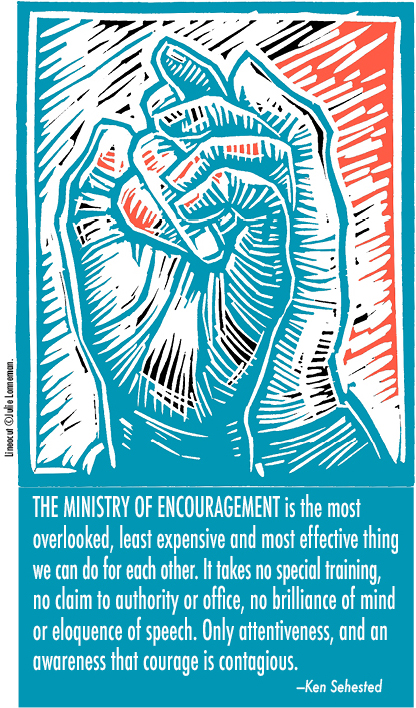
Not long out of seminary an older pastor who I respected greatly mentioned that the ministry of encouragement is the most overlooked, least expensive and most effective thing we can do for each other. It takes no special training, no claim to authority or office, no brilliance of mind or eloquence of speech. Only attentiveness; an awareness that courage is contagious.
Encouragement steels resolve. It mitigates the corrosive fear of isolation. It rains honor on draught stricken lives.
Encouragement is like the lime and silica that can turn loose sand into rock hard cement.
I love the way Nancy’s sister, Abigail Hastings, writes about encouragement.
“I still believe there are words that can be said that can bring a person into being and can fortify them with a sense of belonging and safety in the world, words that can boost their emotional immune system, words to carry in their hearts, words to light a path.”
There is no getting around the fact that life delivers sorrow onto every head. And also disappointment and discouragement, when the fruit of inspired dreams are choked by weeds. I love that old hymn line—sing if with me if you know it:
“Sometimes I feel discouraged and think my work’s in vain, but then the Holy Spirit revives my soul again.”
Key to understanding the Spirit’s work is the ministry of encouragement. Every one of us has been ordained to this calling.
And the key to a ministry of encouragement is timeliness. You don’t just slather compliments all over the place. You don’t offer your praise in hopes of getting in more in return. And you don’t mouth innocuous, feeble cheeriness to someone in the midst of a crisis. You take their pain seriously. Sharing another’s sorrow is evidence that you’re paying attention. Grief is the price of love.
Instead, you look for ripe moments, unexpected occasions, even when no one else is looking or overhearing. And you offer a word of confidence, of reassurance, of generous praise or gratitude. It need not be more complicated than saying to one in the midst of tribulation, “you can do this hard thing.”
Needless to say, the practice of a ministry of encouragement does not mean we relinquish our prophetic calling to confront the systems of injustice that constantly harass the impoverished and the vulnerable. It just means there is more than one tool in our vocation as disciples.
Today’s text from Zechariah is spoken to the Hebrew people who have been released from their Babylonian captivity, returning to Jerusalem to rebuild the city. And not just the physical city, but also restoring their agency as heralds of God’s promise of flourishing to all the nations.
“Return to your stronghold you prisoners of hope.” Two things in this text stand out.
First, though the English translation loses this distinction, the command addressed to “the daughter of Zion” is an expressly feminine entity. Zion is a synonym for Jerusalem, and her destined inheritance as a beloved center from which God’s promises the overthrow of the reign of terror and bloodshed. You could paraphrase it like this: Mama’s gonna protect you from every stressful threat of carnage.
Second, what a mind-bending image that we are prisoners of hope! What a mixed metaphor! How can hope and captivity co-exist?
There is a kind of spiritual alchemy going on. We are being remade as prisoners to this world-changing hope. Despite history’s groans and sorrows and sighs—these are not the last words. We are gripped by, and animated for, a new world that is on its way—even though, from all appearances, we seem powerless to construct such a world by the sweat of our own hands.
An old cartoon comes to mind, featuring a conversation between two figures. The one asks,
“Aren’t you terrified of what [the future] could be like? Everything is so messed up. . . .”
The other responds, “I think it will bring flowers.”
The first responds, incredulously, “Yes? Why?”
Responds the other, “Because I’m planting flowers.”
Kindred, plant the flower-promising seeds of encouragement every day, in every way, in the face of fear and dismay, along every back road, every byway. So may it be. Amen.
Ken Sehested
Circle of Mercy Congregation, 9 July 2023
Text: Zechariah 9:9-12

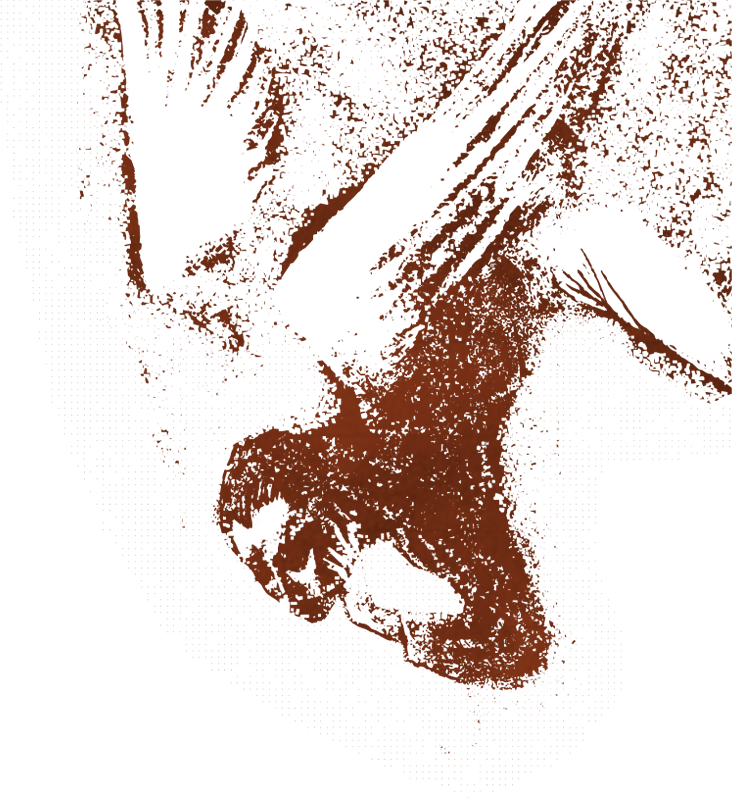
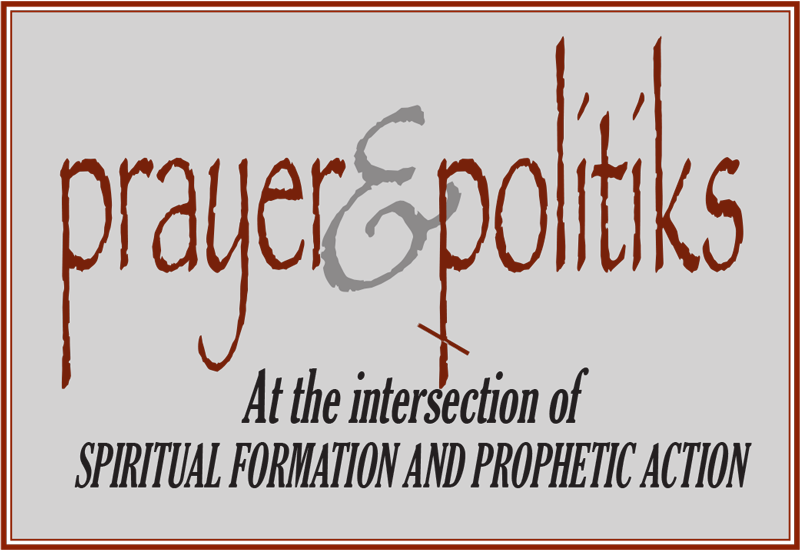

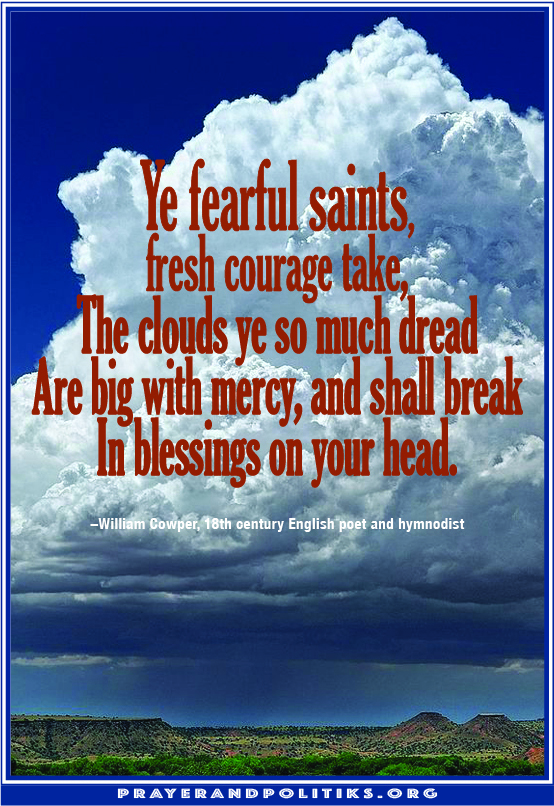

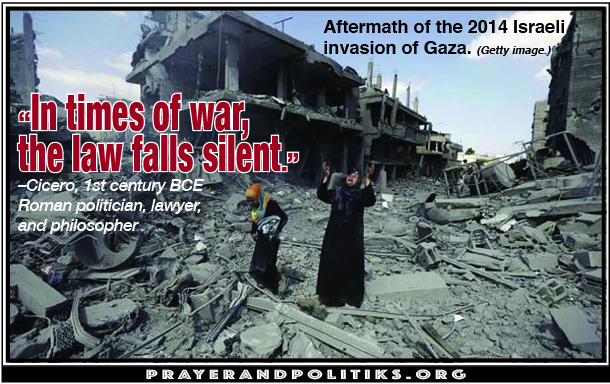
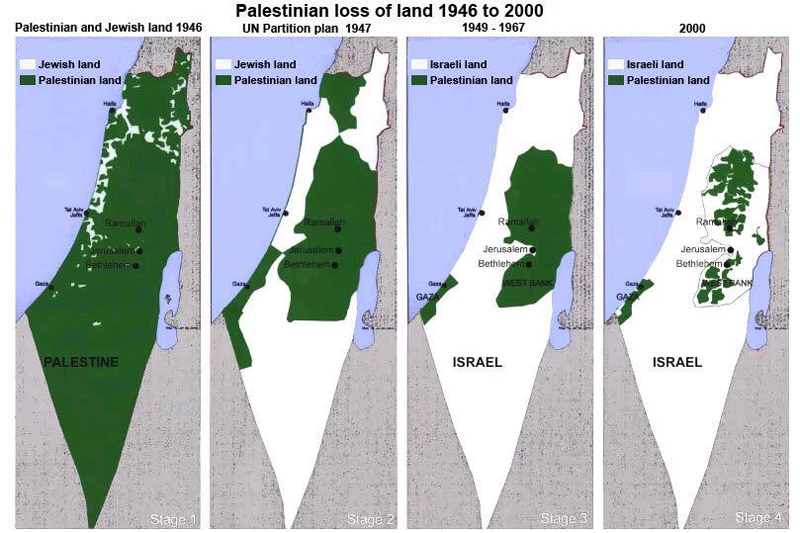

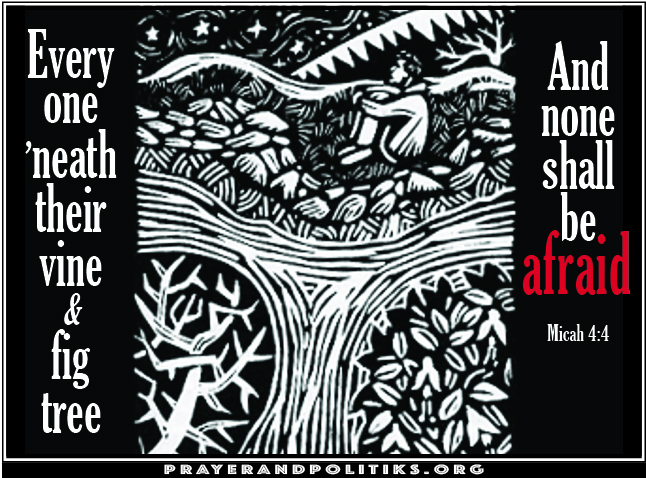
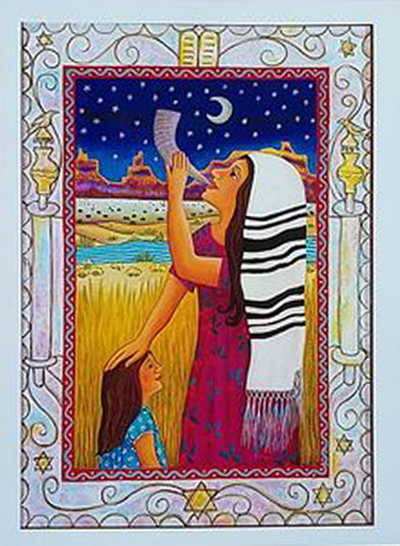
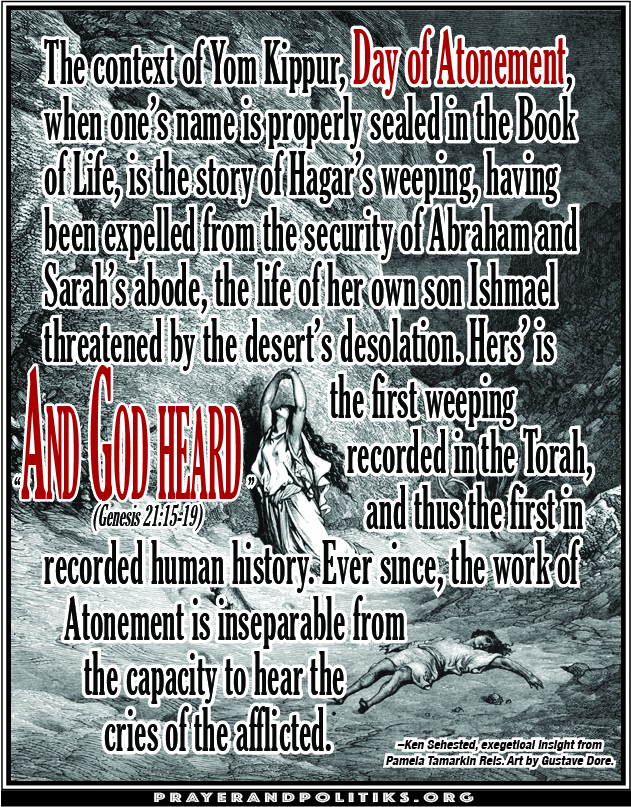
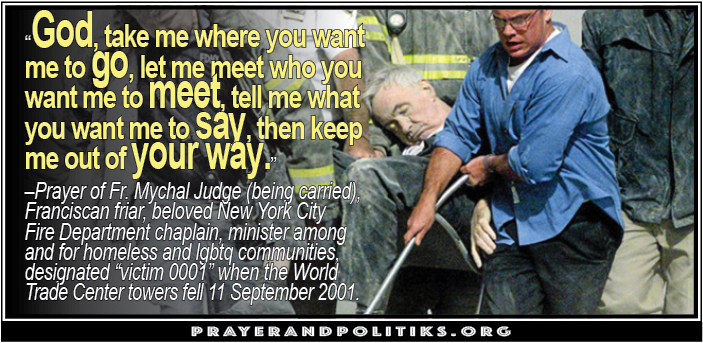
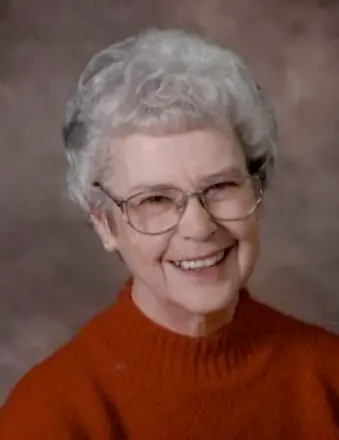
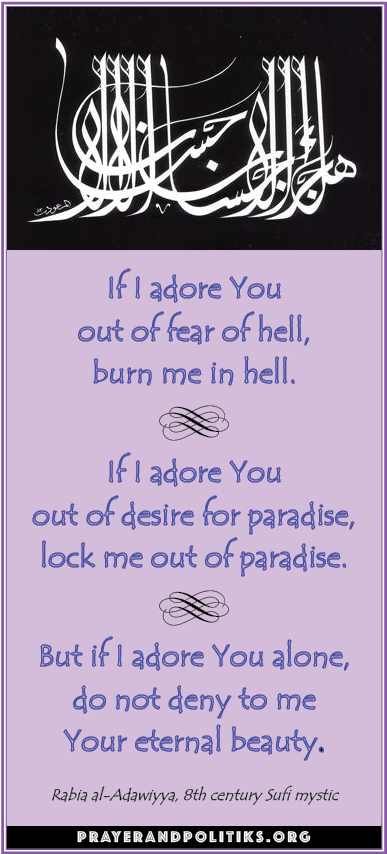
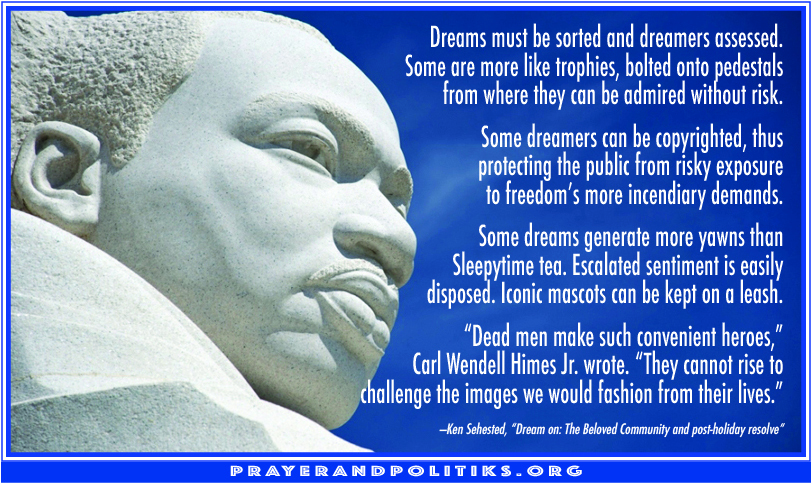 many consider the most significant of the 20th century. Most citizens here, and many abroad, can replay from memory the mesmerizing “I have a dream” incantation Dr. King delivered.
many consider the most significant of the 20th century. Most citizens here, and many abroad, can replay from memory the mesmerizing “I have a dream” incantation Dr. King delivered.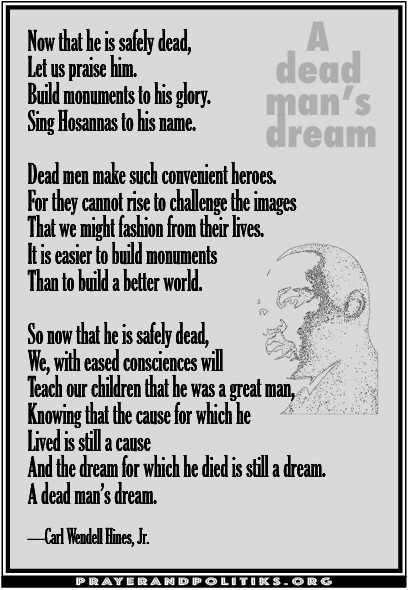 § § §
§ § §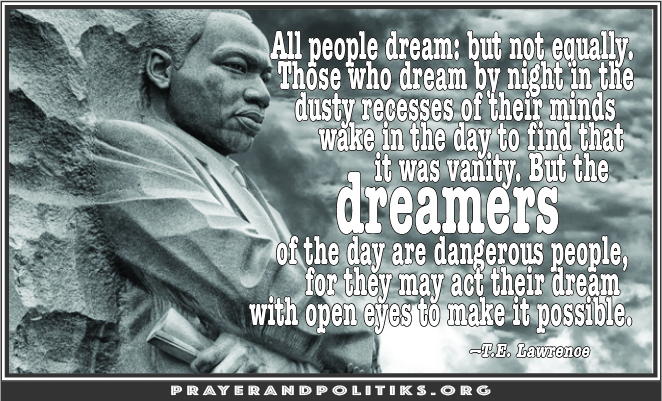 The Federal Bureau of Investigation privately called King the “most dangerous and effective negro leader in the country.” They had already, for years, been illegally wire-tapping his phone.
The Federal Bureau of Investigation privately called King the “most dangerous and effective negro leader in the country.” They had already, for years, been illegally wire-tapping his phone.